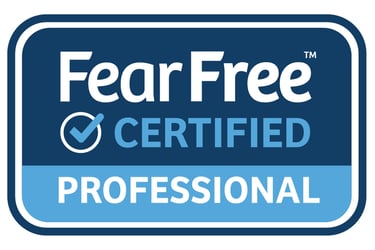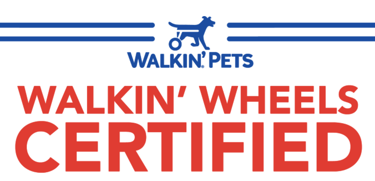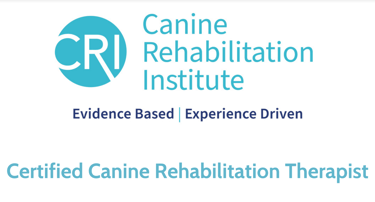What is Veterinary Rehabilitation?


Veterinary rehabilitation involves the diagnosis and treatment of a wide range of musculoskeletal and neurological conditions. Principles from human physiotherapy are used that have been adapted to suit our furry friends.
What conditions can be treated?
Veterinary Rehabilitation can benefit a huge range of conditions including:
Joint disease eg. osteoarthritis, hip dysplasia, elbow dysplasia, patella luxation
Neurological conditions eg. intervertebral disk disease, fibrocartilagenous embolism, polyneuropathy, brachial plexus injury
Muscular, tendon and ligament injury eg. cruciate disease, medial shoulder syndrome, tendinopathy, sprains & strains
Pre and post-operative eg. cruciate ligament surgery, intervertebral disk surgery
Amputees, congenital limb deformities
Just to name a few!
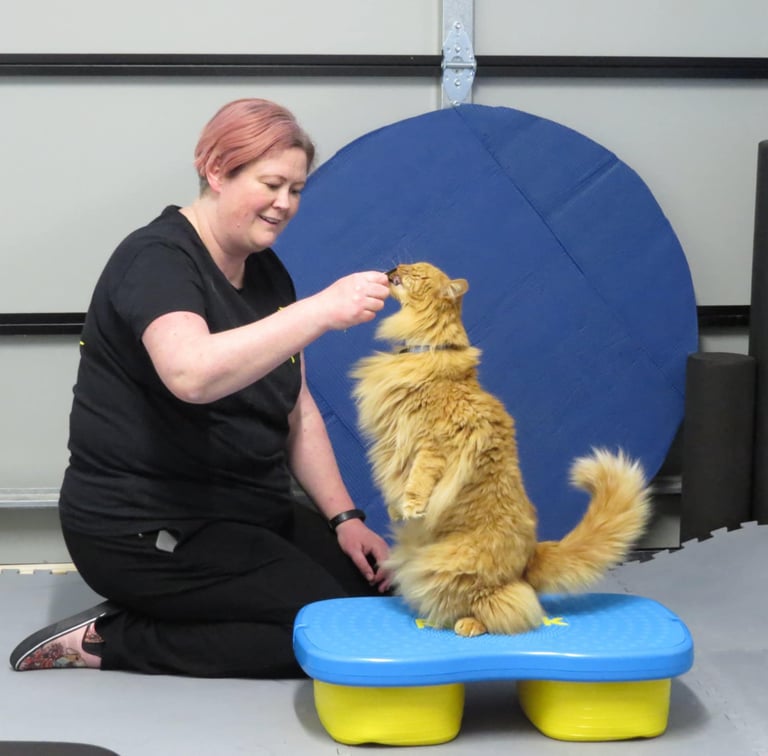

Step 1: The Rehabilitation Examination
The rehabilitation examination is a thorough assessment of your pet's posture, gait, function, strength, joints and muscles.
Palpation, joint movement, measurements, reflex tests and stretching techniques are all used to find sources of pain, stiffness or reduced function.
Depending on how your pet allows, we will try to assess all the joints and muscles we can. It is important to not only find the primary problem, but also any secondary or compensatory problems that may be present.
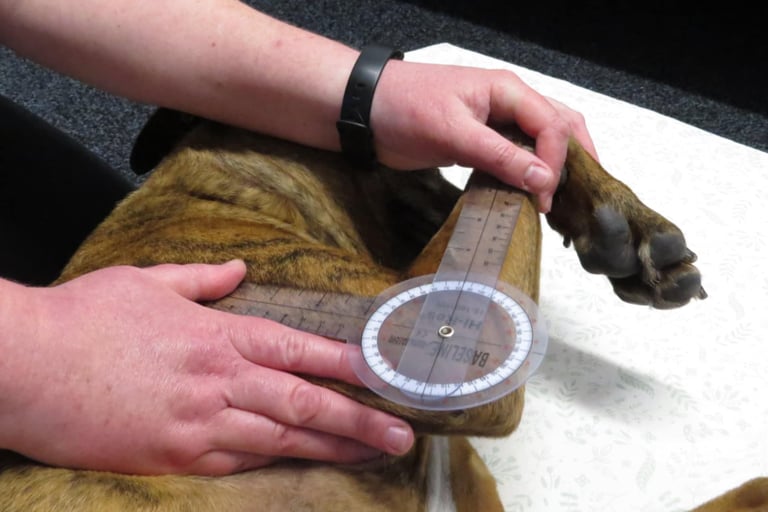

Step 2: Treatment
Treatment for your pet may involve a combination of some or all of:
Laser Therapy - This is used to reduce pain, swelling and improve wound healing. Laser therapy can release endorphins, improve lymphatic drainage, improve blood flow and reduce the release of inflammatory triggers.
Massage Therapy - Muscles that support painful joints also can become sore. Pets that have sore or weak limbs may also be over-working muscles in other parts of their body. Massage therapy can relieve the discomfort in these over-worked muscles.
Myofascial Release - The myofascia should glide smoothly over the muscles, however where there are restrictions this can further compound pain and reduced function.
Trigger Point Release - A trigger point is a really sore point in a muscle, also known as "knot." Releasing these will reduce pain and improve muscle function.
Stretching - Muscle flexibility may need to be improved through gentle stretching of your pet's muscles.
Joint play - This a combination of joint techniques used to reduce pain and inflammation and improve joint range of motion.
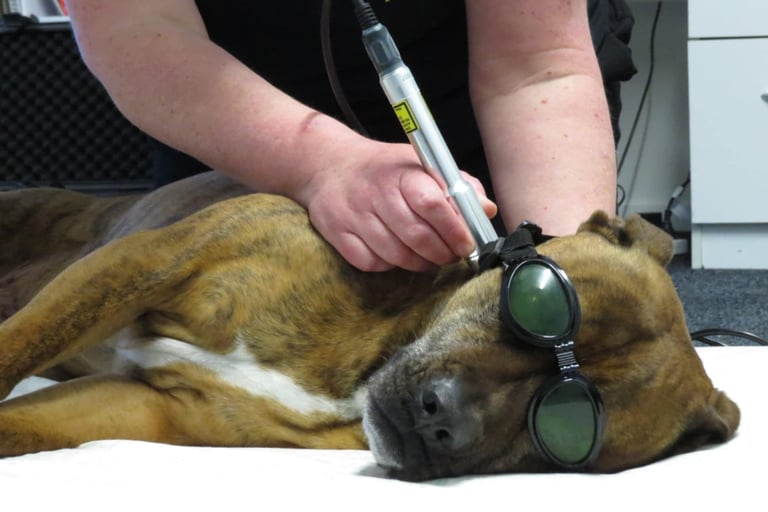



Step 3: Therapeutic Exercise
Your pet may be given targeted therapeutic exercises. Some of these will be performed in the pet gym and you might also be given a tailored home exercise plan.
These exercises will be designed to target your pet's areas of weakness and reduced function. They can improve strength, mobility, flexibility, proprioception and help prevent re-injury.


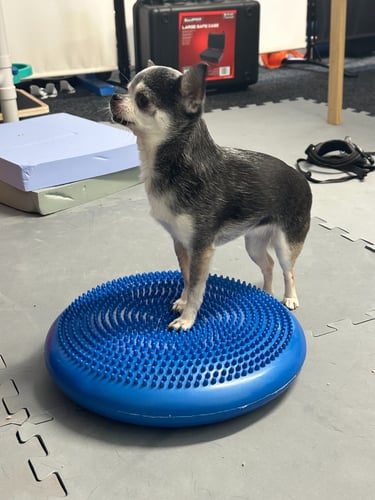
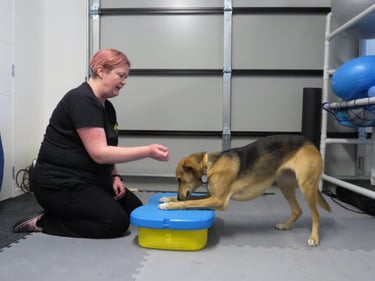
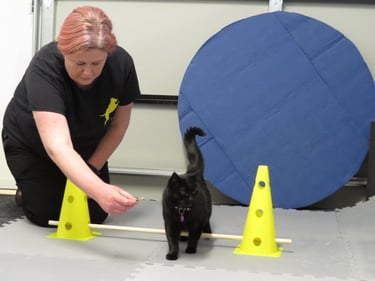
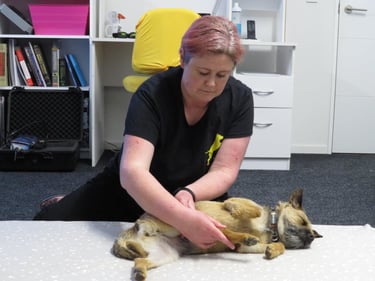


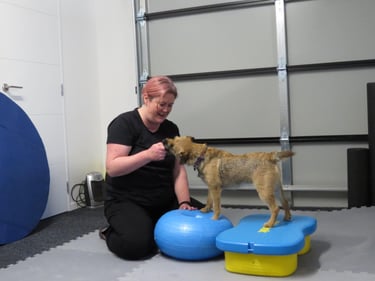
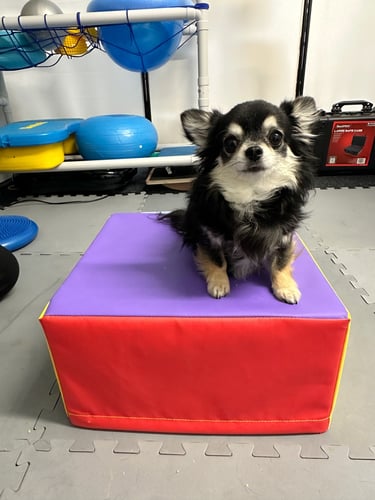








Some furry friends enjoying rehabilitation!
